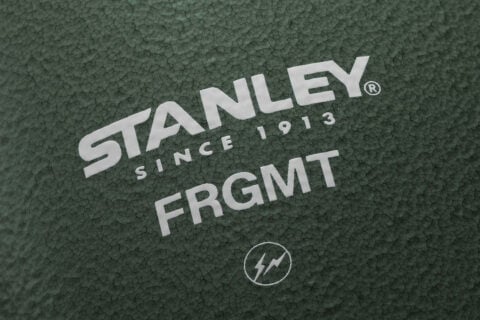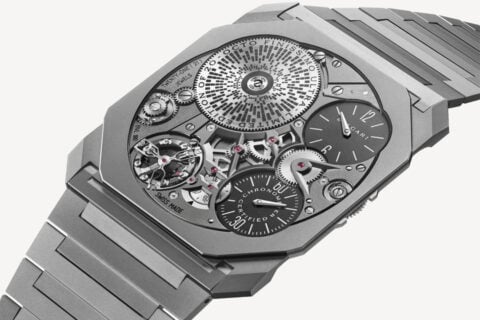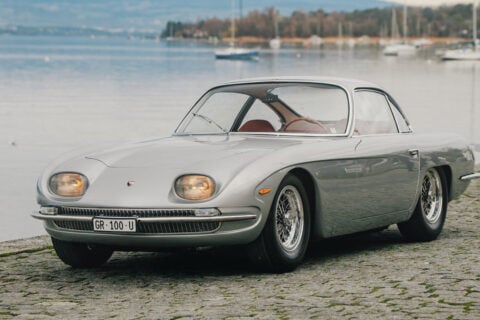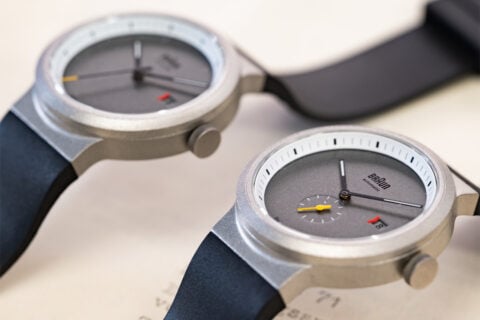The Challenge III
Then there is the frequency. With so many big brake applications coming so close together, the brake discs and pads can barely cool before the next application. At seven times 70 applications, any minor cooling or wear issue will magnify exponentially. It’s not surprising to see cars setup with an incorrect brake bias drop out after 20 laps.
The carbon brakes have a maintainable operating temperature of 450 degrees Celsius, but brake temperatures in Canada will regularly spike above 1,000 degrees Celsius. Finding the operational sweet point between braking, aerodynamic downforce, and cooling settings require complex CFD simulations ahead of Canada to make sure the systems, car, and driver survive until the checkered flag. Unsurprisingly, the teams use the thickest discs and pads permissible in Canada.
Since 2014, another variable has been introduced. The current systems of ERS-assisted power braking units allow teams to install electronically-controlled rear brake systems that give the drivers a reasonably consistent balance and stability under braking; it mostly manifests itself with smaller lighter-weight rear brakes and calipers. However, these lighter units require perfectly synced braking systems. There is no margin for error; in Canada, Brembo says each car produces around 147kWh of energy – more than enough to power a refrigerator for a year.
The slightest failure at Turn 13 and a driver punches a new hole in the “Wall of Champions”, the retaining barrier at corner exit just a tire width plus a sheet of note paper’s distance from the edge of the track.
As usual, Turn 13 will play a full role in determining the 2016 winner, as well as the remaining points finishes.






